Where to Check your Pet for Ticks?
 It is important to remove ticks once it's spotted on your cats or dogs. You shouldn't just check on the flat surface of their body but you have to look deep between the toes, inside of ears, armpit areas, and neck areas.
When removing the flea or tick, make sure to have all parts of the tick's body removed from the skin. Pull the tick out slowly because the tick's mouth may still be embedded on your pet's skin if you try to twist it out.
It is important to remove ticks once it's spotted on your cats or dogs. You shouldn't just check on the flat surface of their body but you have to look deep between the toes, inside of ears, armpit areas, and neck areas.
When removing the flea or tick, make sure to have all parts of the tick's body removed from the skin. Pull the tick out slowly because the tick's mouth may still be embedded on your pet's skin if you try to twist it out.
Symptoms of Flea & Tick Bites
Detecting flea and tick bites on earlier stages can avoid a lot of complications or disease contractions for your pet. Here are a few symptoms you should be aware of:- Your pets keep on scratching, licking or biting themselves
- Irritation on skin
- Noticeable hair loss on your pet
- Pale gum color
- Tapeworms in stool
- Dark grains of sand on fur (Flea dirt)
- White grains on fur (Flea eggs)
- Droppings or “flea dirt” in a dog’s coat (small dark "grains of sand")
- Flea eggs (tiny, white grains)
- Decreased appetite
How to Prevent Ticks on your Pets
1. Flea & Tick Collar
Flea and tick collar is one of the most common preventative measures that veterinary would recommend. The collar contains insecticides that will be absorbed into your pet's skin and will kill ticks that bite on them. The pros of tick collar are that it'll last up to half a year as long as it does not come in contact with water. As tick collar contains insecticide chemicals, you should always remember to wash your hands after touching your pet. This collar can only be suitable for pets that are over 8 weeks old.2. Flea & Tick Spray for Pets
Sprays are a milder approach to prevent fleas attacks. Some contain only natural ingredients so it will only act as a repellent instead of killing the pests. Flea and Tick Spray is a better choice if you have kids at home because you don't need to wash your hands after coming in contact with your pets since it's made with natural ingredients (be sure to check the label of products for ingredient details). The downside is that spray may not last as long and will not be strong enough to kill off ticks.
3. Oral and Topical Medication
Consider getting medication from your veterinarian if the ticks are persistent. Both oral and topical medications are equally effective and selection can be made depends on your pet's circumstances. Using oral medication would be recommended for pets with longer fur because it is trickier to apply topical medication thoroughly.
4. Tickproof your Yard
Did you know, a flea can jump up to two feet high? Just the thought of that gives me goosebumps! Mowing out tall grass can greatly prevent ticks' infestation. Consider hiring an exterminator to apply yard sprays to control fleas and ticks if you are struggling to keep your yard tick-free .5. Minimize outdoor activities
Outdoor activities may increase the risk of your pet carrying those bloodsuckers back home. By keeping your pet indoor you can greatly prevent flea and ticks bites on your pets. Avoid bringing your pets outdoor during peak tick season, it'll be extremely difficult to get rid of these parasites once it starts infesting your home. It might latch and breed on your yard and mattresses.
6. Shampoo
This may sound obvious but keeping your pets clean can keep the ticks away! Bathing can help remove unattached ticks. Shampoo that contains medicated ingredients will also help to kill ticks on contact.





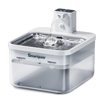





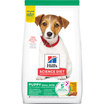

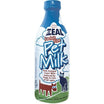
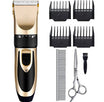
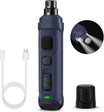
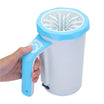
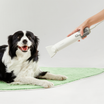
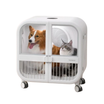

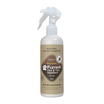
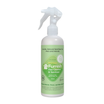
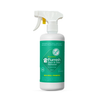
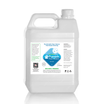
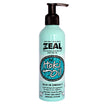

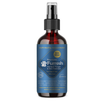


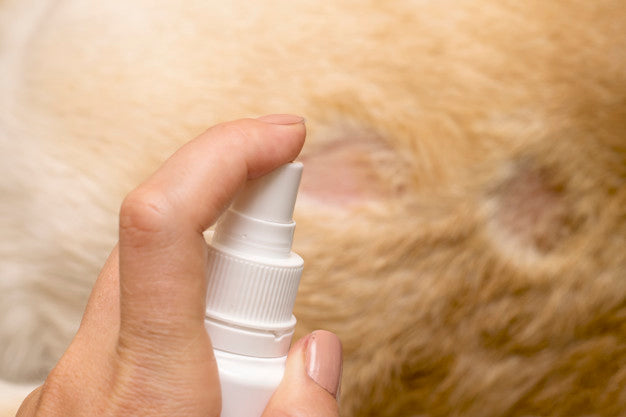














Leave a comment
All comments are moderated before being published.
This site is protected by hCaptcha and the hCaptcha Privacy Policy and Terms of Service apply.